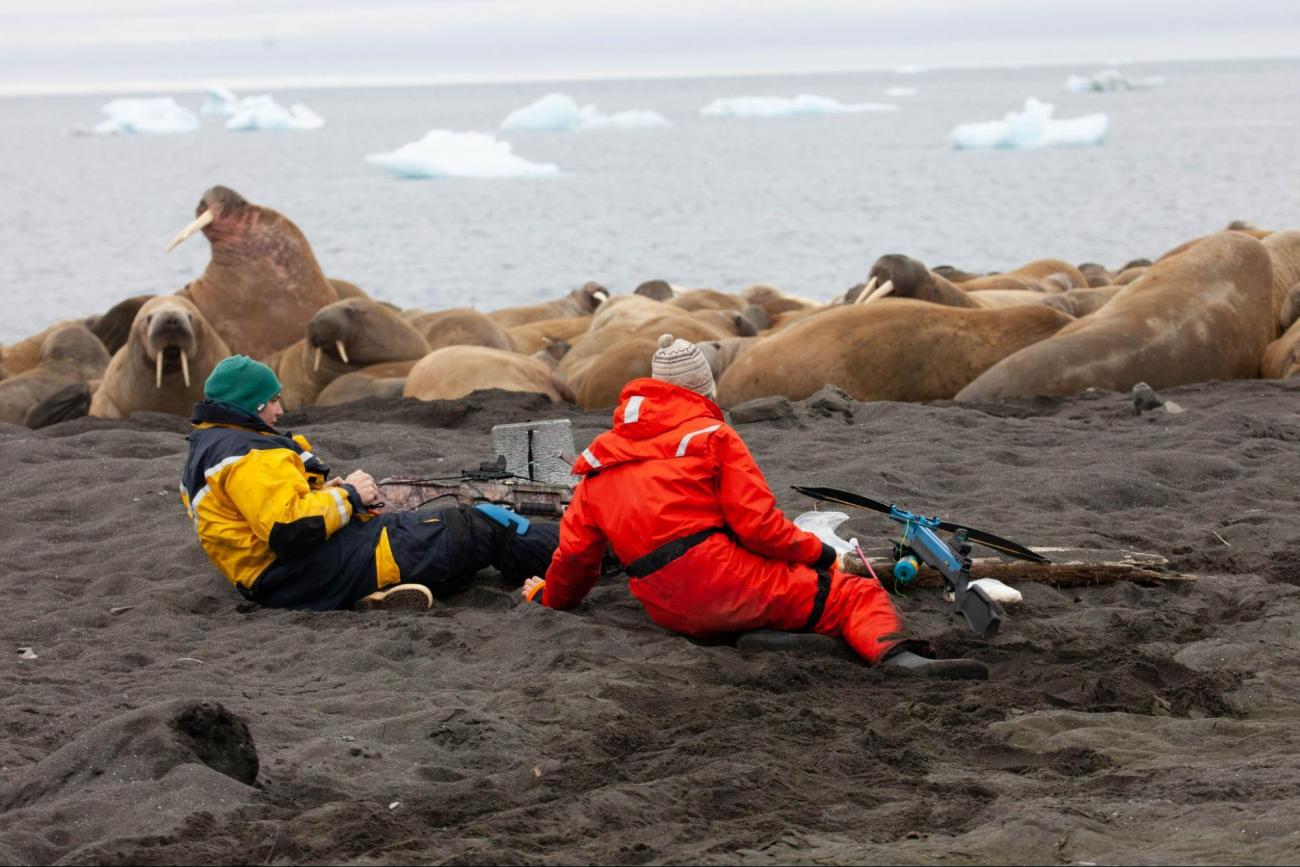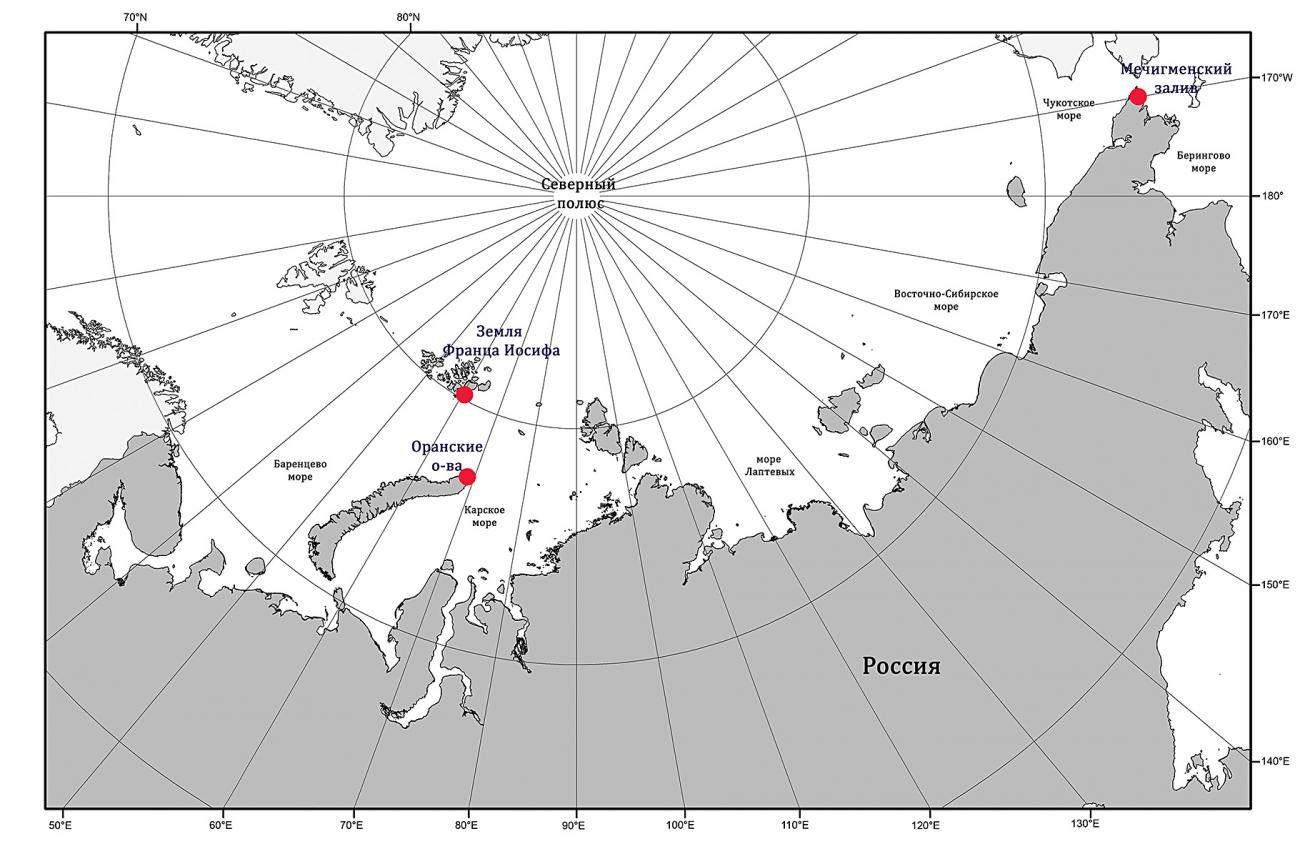
Heavy metals are widespread and circulate freely on the ground, in the atmosphere and in water. In recent years, due to climate change, the total area of ice cover is decreasing, glaciers are melting, and an increase in storms is contributing to the active mixing of waters. An additional contribution is made by the runoff of large rivers flowing through most of the continent. All this contributes to the influx and active transfer of heavy metals.
The walrus is a good indicator of the pollution of the environment in which it lives, since it is at the top of the trophic chain and lives for about 40 years. Collecting material in different years will illustrate the dynamics of pollution.
Employees of the A.N. Severtsov Institute of Ecology and Evolution of the Russian Academy of Sciences (IEE RAS) managed to collect and analyze tissue samples of walruses from different regions of the Arctic.
Studies of the skin of the Atlantic walrus from the waters of Franz Josef Land and the Oran Islands (Barents Sea) show a higher level of heavy metals compared to the Pacific walrus from Mechigmen Bay (Bering Sea). The level of 6 metals (cadmium, lead, copper, mercury, manganese, nickel) in the skin of the Atlantic walrus was 1.8–7.5 times higher than that of the Pacific walrus.

Studies have shown that Pacific walruses have cadmium already at the early stages of embryo development. In mother-embryo and mother-calf pairs, the levels of some metals were even higher than in their mothers. And in older animals, high levels of mercury and cadmium are noted in the kidneys and liver. High concentrations of heavy metals can affect the animal's immunity, hormonal balance, reproduction and survival of cubs.
Since the skin of the Atlantic walrus contains higher levels of heavy metals than that of the Pacific walrus, we assume that their level in the internal organs will also be higher. Further research is needed to clarify this issue.
More details on the results in the article: Kryukova N.V., Artemyeva S.M., Samsonov D.P., Pashali A.A., Isachenko A.I., Lazareva R.E., Rozhnov V.V. 2025. Heavy metals in tissues of Atlantic (Odobenus rosmarus rosmarus) and Pacific (Odobenus rosmarus divergens) walruses // Polar Biology. Vol. 48. Is. 1
Related materials:
РАН: "Морж как индикатор распространения тяжёлых металлов в Арктике"
Arctic universe: "В ИПЭЭ РАН представили итоги изучения моржей в Арктике"
